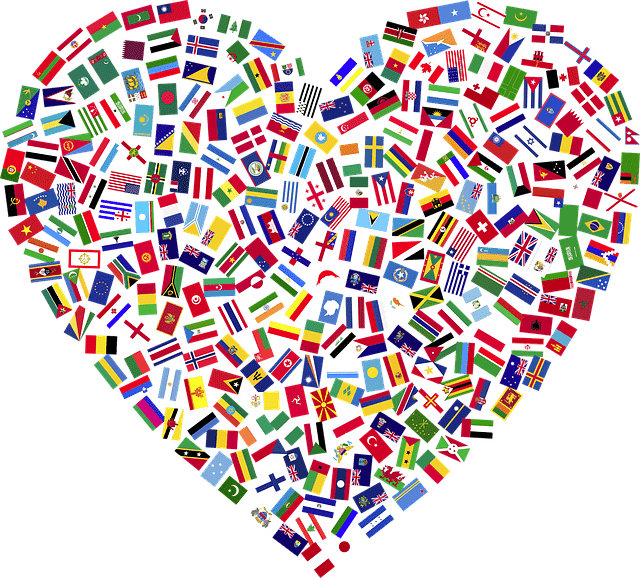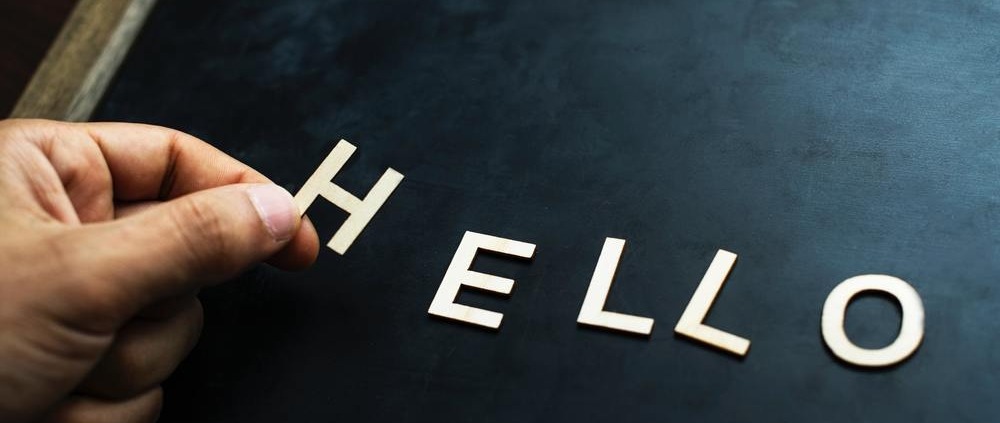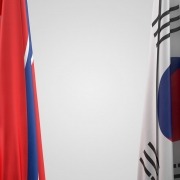I Just Came to Say Hello
Hello, how are you today? If you live in a country such as the United States, where English is the most common language spoken, this is a phrase that you might utter a few times a day. If you live there and say hello in a different language, however, you’re still in good company, and that company may be getting more common.
English as the Main Language
According to the Census Bureau, the number of people who speak a Language Other Than English (LOTE) will continue to “slowly increase over the next ten years, though English is expected to continue to be the only language spoken by a substantial majority of all U.S. residents 5 years and older.” Though we will continue to be a diverse nation when it comes to other spoken languages, some languages will increase as others continue to decline.
The Decline of European Languages
At one time, the most common languages spoken in the United States other than English were European languages, such as German, Polish, and Italian. And though these languages continue to be spoken in many homes across the country, they are no longer the primary language used in many areas of the country. As diversity continues to change the landscape of language, the Census Bureau estimates that these languages, in addition to French and Korean, will see a decline.
Languages On the Rise

As the United States continues to celebrate its diversity with a changing language landscape, it makes way for other languages to rise. The portion of the population speaking the following languages are “projected to increase” by 2020, says the Census Bureau:
- Spanish
- Portuguese
- Russian
- Hindi
- Chinese
- Vietnamese
- Tagalog
- Arabic
With this being the case, it stands to reason that learning how to say hello, and a few other common phrases, could be beneficial to everyone in the future. Consider taking note of the following:
- Spanish – Hola – Alo’
- Portuguese – Ola’ – Oi
- Russian – Zdravstvuyte
- Hindi – Namaste
- Chinese – Ni hao
- Vietnamese – Xin chao
- Tagalog – Kamusta
- Arabic – Marhabaan
Beyond Hello
There are, of course, many other greetings that go beyond hello and into warmer wishes that mean much more both to the party that speaks it and the party who receives it:
- Zulu greetings include sawubona, which means “We see you”
- The Irish say Dia dhuit, meaning “God be with you”
- In Hebrew, shalom means “Peace”
- The Swedish say God dag, meaning “Good day”
- Slovaks and Czechs greet people with Ahoj! Taken from the English phrase “Ship ahoy!”
When your business needs to translate anything from hello to the latest marketing materials, our professional translators will be there. With 75 language pairs, we can put together anything you need to grow your business and foster good communication around the globe. We believe that no matter how you greet someone or what language you do it in, common courtesy and kindness are shown all over the world by the simple act of acknowledgment. Contact us today.





















Leave a Reply
Want to join the discussion?Feel free to contribute!